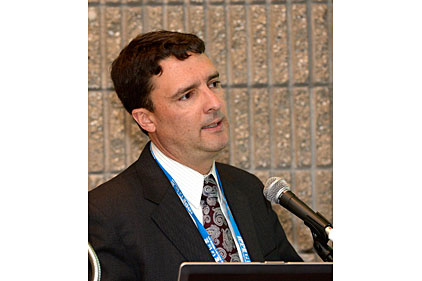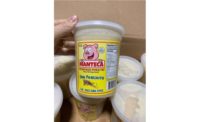The Food Safety Modernization Act (FSMA) affects feed manufacturing through provisions involving the safety of food consumed by animals and safety for humans handling the food, particularly pet food.
“This law touches every aspect of feed manufacturing: all ingredient processing, all feed manufacturing, all pet food, all feed and ingredient imports and transportation,” explained Dr. Henry Turlington, director of quality and manufacturing regulatory affairs, American Feed Industry Association, at the International Rendering Symposium held during the 2015 International Production & Processing Expo (IPPE).
In his presentation, “FMSA and Its Implication on Industry Certification Programs,” Turlington observed that the main component of the FSMA for the feed industry is hazard analysis. In a nutshell, companies need to identify their hazards, ensure they are controlled and have records to demonstrate it. Signed into law by President Obama in 2011, the revised FSMA rule issued last September adds supplier verification, product testing and environmental monitoring, with the latter two targeted at pathogens.
According to Ansen Pond, product safety manager, Darling Ingredients, quality control in the rendering industry has multiple interpretations. For customers, quality may mean microbial control, nutrients, product appearance, insects, traceability, freshness or other factors. Which ranks highest will of course vary from customer to customer depending on their product. But without food safety, the others diminish in significance.
Pond outlined the challenges of quality and safety in the industry in his presentation on “Quality Assurance in the Rendering Industry.” He explained that chemical, biological and physical safety hazards all must be addressed. Biological hazards include Salmonella, E. coli and viruses, while the primary chemical hazards are insecticides and pesticides. Physical contaminants to watch for include wood, metal, plastic and glass. Products must be pest-free and have a specific nutrient profile.
“The outlook for rendered products on the global market appears to be favorable, although forecasts can be affected by changing regulations, the opening of new factories, disease outbreaks and other factors,” said Kent Swisher, vice president of international programs, National Renderers Association, during his global market report on the rendering industry.
To illustrate the extent to which one action can make a substantial difference in international trade, Swisher explained that Singapore became a major importer of tallow in just a few years due to the opening of a renewable fuel refinery in 2011. He elaborated that China should also be open soon for tallow imports from the United States, and fishmeal prices in the burgeoning aquaculture industry should help support processed animal protein meal demand.
Broadly, the rendering industry is in a period of low commodity prices due to oversupply of soybeans and other crops, as well as fluctuations in the price of oil produced by OPEC countries. This, in turn, is related to trends in domestic production in the United States.






